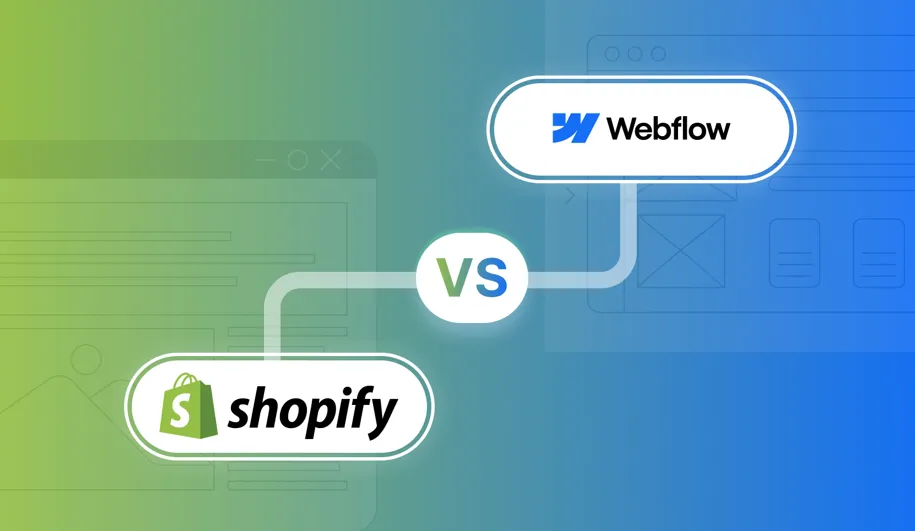The Generative AI tech stack encompasses the tools, frameworks, and technologies used to develop and deploy generative AI models. As organizations increasingly leverage generative AI for various applications such as image generation, natural language processing, and creative content generation, ensuring security within the tech stack becomes paramount.
Security Challenges in Generative AI
Generative AI introduces unique security challenges due to its ability to generate highly realistic and convincing outputs. One such challenge is the potential for adversarial attacks, where malicious actors manipulate input data to deceive AI models and generate erroneous outputs. Additionally, the large amounts of data required to train generative AI models pose data privacy concerns, necessitating robust security measures to protect sensitive information.
Data Privacy Concerns
Protecting data privacy is a critical aspect of securing the Generative AI tech stack. With generative AI models often trained on sensitive data such as personal images or text, ensuring compliance with data protection regulations and safeguarding against unauthorized access is essential. Implementing encryption, access controls, and data anonymization techniques can help mitigate data privacy risks.
Adversarial Attacks
Adversarial attacks pose a significant threat to the security of generative AI models. These attacks involve maliciously crafted input data intended to deceive AI models and produce incorrect or undesirable outputs. Common types of adversarial attacks include input perturbations and model poisoning, where attackers manipulate training data to compromise model performance. Defending against adversarial attacks requires robust model validation techniques and adversarial training strategies to enhance model resilience.
Model Robustness
Enhancing the robustness of generative AI models is crucial for mitigating security risks. Techniques such as regularization, ensemble learning, and model distillation can help improve model stability and resistance to adversarial attacks. Additionally, incorporating diversity in training data and leveraging diverse model architectures can enhance model robustness and generalization capabilities.
Secure Model Deployment
Securely deploying generative AI models involves implementing measures to protect against unauthorized access and exploitation. Secure model deployment frameworks, such as secure execution environments and access control mechanisms, can help prevent unauthorized access to model parameters and outputs. Additionally, implementing secure communication protocols and encryption techniques can safeguard data transmission between clients and servers.
Ethical Considerations
Addressing ethical considerations is essential in the development and deployment of generative AI models. Ethical AI principles such as fairness, transparency, and accountability should guide the design and implementation of AI systems to ensure they benefit society ethically and responsibly. Additionally, organizations should consider the potential societal impacts of generative AI technologies and take proactive measures to mitigate any adverse effects.
Regulatory Compliance
Ensuring compliance with data protection regulations and standards is imperative for organizations deploying generative AI models. Regulations such as the General Data Protection Regulation (GDPR) and the Health Insurance Portability and Accountability Act (HIPAA) impose strict requirements for the handling and processing of personal data. Organizations must implement measures to comply with these regulations, including data anonymization, consent management, and privacy impact assessments.
Collaborative Security Measures
Collaboration among stakeholders is essential for strengthening security measures in the Generative AI tech stack. Industry collaboration, knowledge sharing, and information exchange can help organizations stay informed about emerging security threats and best practices. Additionally, partnerships between academia, industry, and government can facilitate research and development efforts aimed at addressing security challenges in generative AI.
Continuous Monitoring and Updates
Continuous monitoring and updates are critical for detecting and mitigating security vulnerabilities in the Generative AI tech stack. Implementing robust monitoring tools and processes can help organizations identify suspicious activities and potential security breaches in real-time. Additionally, timely software updates and patches are essential for addressing known security vulnerabilities and mitigating emerging threats.
Security Training and Awareness
Educating stakeholders about security risks and best practices is essential for building a security-aware culture within organizations deploying generative AI models. Security training programs should cover topics such as secure coding practices, data privacy principles, and incident response procedures. By raising awareness about security risks and empowering stakeholders with the knowledge to identify and address security threats, organizations can enhance their overall security posture.
Case Studies: Security Success Stories
Examining real-world examples of effective security implementations can provide valuable insights into best practices for securing the Generative AI tech stack. Case studies highlighting successful security measures adopted by organizations can serve as practical examples for others to follow. These success stories demonstrate the importance of proactive security measures and the positive impact of robust security practices on organizational resilience and reputation.
Future Trends in Security
Looking ahead, future trends in security are likely to focus on enhancing the resilience of generative AI models against evolving threats. Advancements in adversarial defense techniques, secure model deployment frameworks, and privacy-preserving technologies are expected to shape the future of security in the Generative AI tech stack. Additionally, collaborations between industry, academia, and government will play a crucial role in driving innovation and addressing emerging security challenges.
Conclusion
Security considerations are paramount in the development and deployment of generative AI models. By addressing security challenges such as data privacy concerns, adversarial attacks, and model robustness, organizations can mitigate risks and build trust with stakeholders. Collaborative efforts, continuous monitoring, and proactive security measures are essential for ensuring the security and resilience of the Generative AI tech stack in an evolving threat landscape. Partnering with a reputable AI development company can provide the expertise and support needed to navigate these complexities and implement effective security strategies.
FAQs
1. How do adversarial attacks impact the security of generative AI models?
Adversarial attacks pose a significant threat to the security of generative AI models by exploiting vulnerabilities in the model’s decision-making process. These attacks involve manipulating input data to deceive the model into producing incorrect or undesirable outputs, compromising the model’s integrity and reliability.
2. What are some common types of adversarial attacks in generative AI?
Common types of adversarial attacks include input perturbations, where small, imperceptible changes are made to input data to cause misclassification, and model poisoning, where attackers manipulate training data to compromise the model’s performance. Adversarial attacks can target various types of generative AI models, including image generation, natural language processing, and voice synthesis.
3. How can organizations defend against adversarial attacks in generative AI?
Defending against adversarial attacks requires robust model validation techniques and adversarial training strategies to enhance model resilience. Techniques such as regularization, ensemble learning, and model distillation can help improve model stability and resistance to attacks. Additionally, ongoing research into adversarial defense mechanisms and collaboration with the broader AI community are essential for staying ahead of emerging threats.
4. What role does data privacy play in securing the Generative AI tech stack?
Data privacy is critical for securing the Generative AI tech stack, as generative AI models often require access to sensitive data such as personal images or text. Implementing encryption, access controls, and data anonymization techniques can help protect sensitive information and ensure compliance with data protection regulations such as GDPR and HIPAA.
5. How can organizations ensure compliance with data protection regulations when deploying generative AI models?
Organizations can ensure compliance with data protection regulations by implementing measures such as data anonymization, consent management, and privacy impact assessments. Additionally, conducting regular audits and assessments to identify and address potential compliance issues is essential for maintaining regulatory compliance and building trust with customers and stakeholders.






